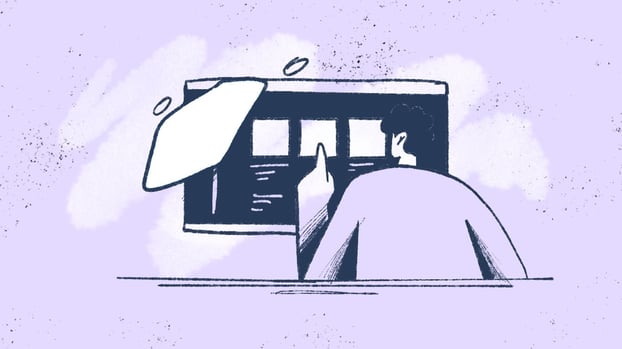Structured IT support depends on clear ownership of work. Defining IT support levels allows teams to route requests based on complexity, assign them to the right expertise, and keep escalation predictable.
A five-level support model formalizes that structure. It separates self-service, frontline support, technical resolution, specialized engineering, and third-party involvement into distinct tiers. Each level handles a specific type of issue and follows defined escalation rules, which help control workload and reduce delays.
If you're considering implementing the five IT support levels, keep reading to find out the specifics of each tier and set of best practices to pull this off.
Let's get started!

Overview of IT support levels
In the IT industry, IT support levels are structured tiers that define the different degrees of support offered by a help desk team. These levels are designed to allocate the correct level of expertise to different types of incidents, ensuring efficient problem-solving and resource management.
Essentially, the higher the support level, the more complex and specialized the issues handled.
What are the different levels of IT support?
The 5 levels of IT support are:
- Tier 0: Self-service support.
- Tier 1: Basic help desk support.
- Tier 2: Advanced technical support.
- Tier 3: Expert-level support.
- Tier 4: External support.
Each tier typically corresponds to a specific type of expertise, making it easier for companies to streamline their support efforts and escalate issues accordingly.
Are IT support levels the same as tiers?
Often, people refer to IT support levels and tiers interchangeably. Some organizations prefer “levels” because it sounds less hierarchical. Others stick with “tiers” because it clearly signals escalation.
Whether you call them levels or tiers, the concept remains the same — it’s about assigning the right issue to the right person, ensuring that more straightforward problems are resolved quickly, and more complicated ones are escalated appropriately.
Tier 0 to tier 4 explained
Now, let's dive into the different IT support tiers.
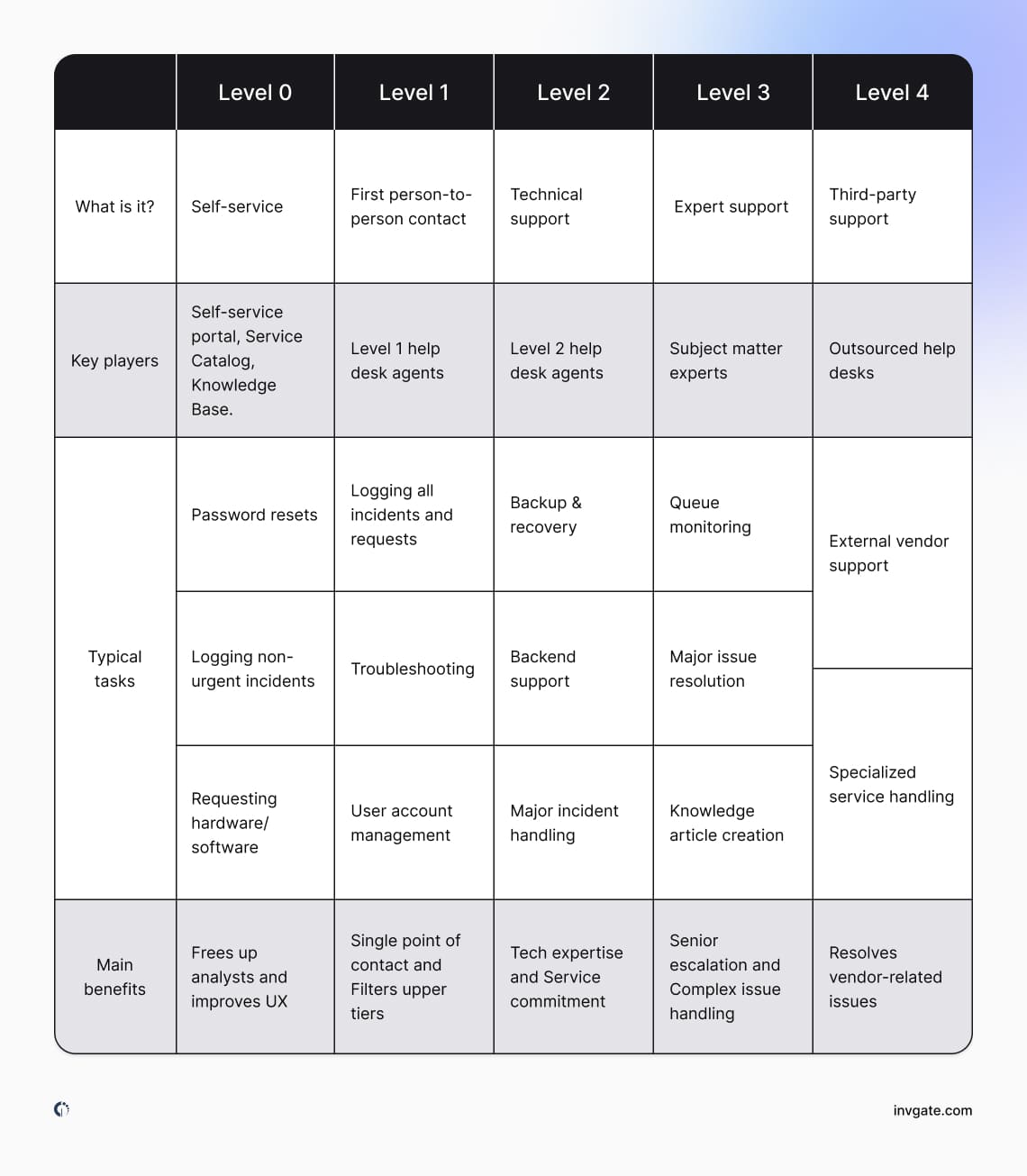
Tier 0-1: Self-service and frontline support
Level 0 of IT support: self-service
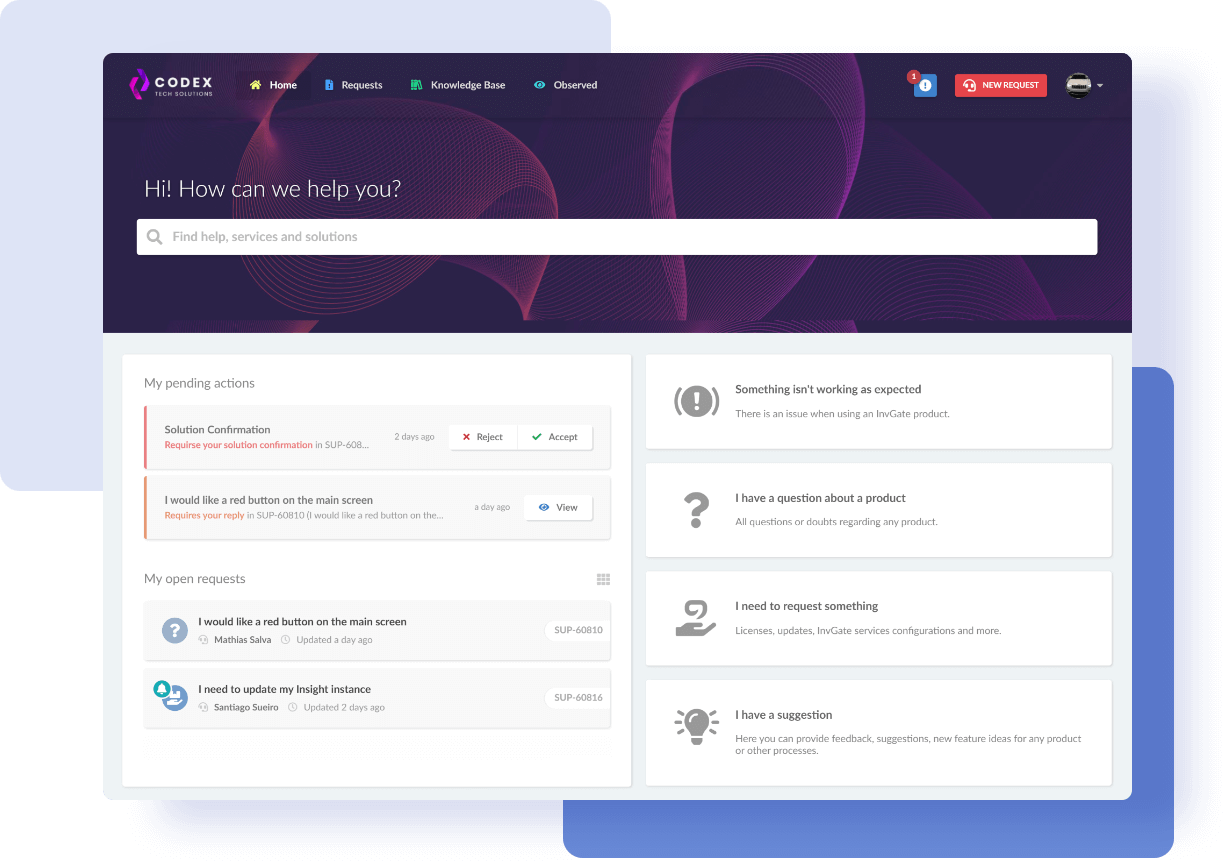
IT support level 0 includes every single tool that the company puts at the user's disposal to help them fix incidents themselves. Typical Level 0 components include:
- Self-service portal where end users can log issues, track requests, and find answers in one place.
- Service catalog that guides users to the right service, request type, or supporting information.
- Knowledge base with help articles, user guides, and step-by-step instructions written for non-technical audiences.
- Virtual agents, such as rule-based chatbots or AI-enabled conversational interfaces, that walk users through predefined flows, suggest relevant articles, or help submit the right request.
- Customer or user forums where employees share solutions, workarounds, and practical advice with each other.
The key aspect of this level is that there is little to no direct customer-to-employee interaction. In fact, when Level 0 is well maintained, it reduces unnecessary tickets and shortens resolution times across all tiers. More importantly, it gives users a faster path to answers for issues they already know how to solve.
So, what kind of issues can users resolve at level 0 support? Common examples include password resets, access and login problems, standard hardware or software requests, and other low-impact, non-urgent incidents.
Level 1 of IT support: the first line of person-to-person contact
IT support level 1 manages the majority of incoming tickets and focuses on quick diagnosis, user support, and resolution using documented procedures and approved tools. Level 1 agents interact directly with end users through email, phone, chat, or the service portal and are responsible for keeping requests moving.
Generally, level 1 IT support responsibilities include:
- End-user tech support.
- Troubleshooting.
- User Account Management.
- Detection of potential major incidents and problems.
- Proactive maintenance and Incident Management.
- Patch Management.
- Software installation.
- Issue documentation and resolution steps.
First-level IT support staff members are skilled in both technical knowledge and customer service. Soft skills are particularly relevant for the role because they'll be the "face" of IT. Since they'll be in charge of most of the incoming requests, you can set up InvGate Service Management's automatic ticket assignment rules to ensure that nothing falls through the cracks.
Although most tickets are resolved at this stage, agents should understand the limitations of IT support level 1 to accurately filter tickets and escalate them to tier 2 when necessary.

Tier 2-4: Advanced, expert, and external support
Level 2 of IT support: technical support team
IT support level 2 provides technical resolution for incidents and requests that require system-level investigation, configuration changes, or deeper product knowledge.
Analysts at this level work directly with applications, devices, and infrastructure components. Their focus is diagnosing root causes, validating fixes, and applying changes that go beyond documented frontline procedures. Access to backend systems, administrative tools, and logs is common at this stage.
The typical level 2 IT support responsibilities are:
- Investigating and resolving application, device, or system issues.
- Applying configuration changes within approved boundaries.
- Analyzing logs, error messages, and system behavior.
- Documenting fixes, known errors, and resolution steps.
- Creating internal knowledge articles and technical documentation.
Lastly, as with the first level of technical support, tier 2 agents should also be trained on the escalation policy to assign more complex tickets to the next level in line.
Level 3 of IT support: expert support
IT support level 3 is the highest level in terms of IT support. Third-level IT support staff not only know how the products and services of the company work but also have access to the highest level of technical resources.
They typically have the highest level of permissions and technical resources to create, maintain, and fix important elements that make up the structural integrity of apps and systems. Oftentimes, they can even participate in the creation of new software and hotfixes in networks, code, and other tools.
The regular level 3 IT support responsibilities include the following:
- Monitoring support queues to make sure that tickets are scaled appropriately.
- Troubleshooting incidents that couldn't be solved before.
- Providing knowledge base articles.
- Assisting in problem and major incident resolution.
- Documenting the issue and providing details on resolution attempts.
There is only a certain number of tickets that can't be resolved at any of these levels of IT support. And that's what tier 4 is for.
Level 4 of IT support: third-party support
IT support level 4 includes software vendors, hardware manufacturers, cloud providers, and managed service partners. Level 4 support applies when resolution depends on proprietary knowledge, warranty coverage, contractual obligations, or systems that the organization does not operate directly.
Common Level 4 scenarios include:
- Vendor-owned applications or platforms.
- Hardware failures are handled under warranty or support contracts.
- Fully outsourced services with no internal support responsibility.
- Product defects, patches, or fixes are controlled by the provider.
Internal teams remain responsible for coordination. Tickets are tracked, context is documented, and communication with the vendor follows agreed support processes.
Managing Level 4 effectively requires clear supplier governance. Practices such as Service Integration and Management help coordinate multiple providers, while ITIL-aligned agreements define response times, escalation paths, and accountability across vendors.
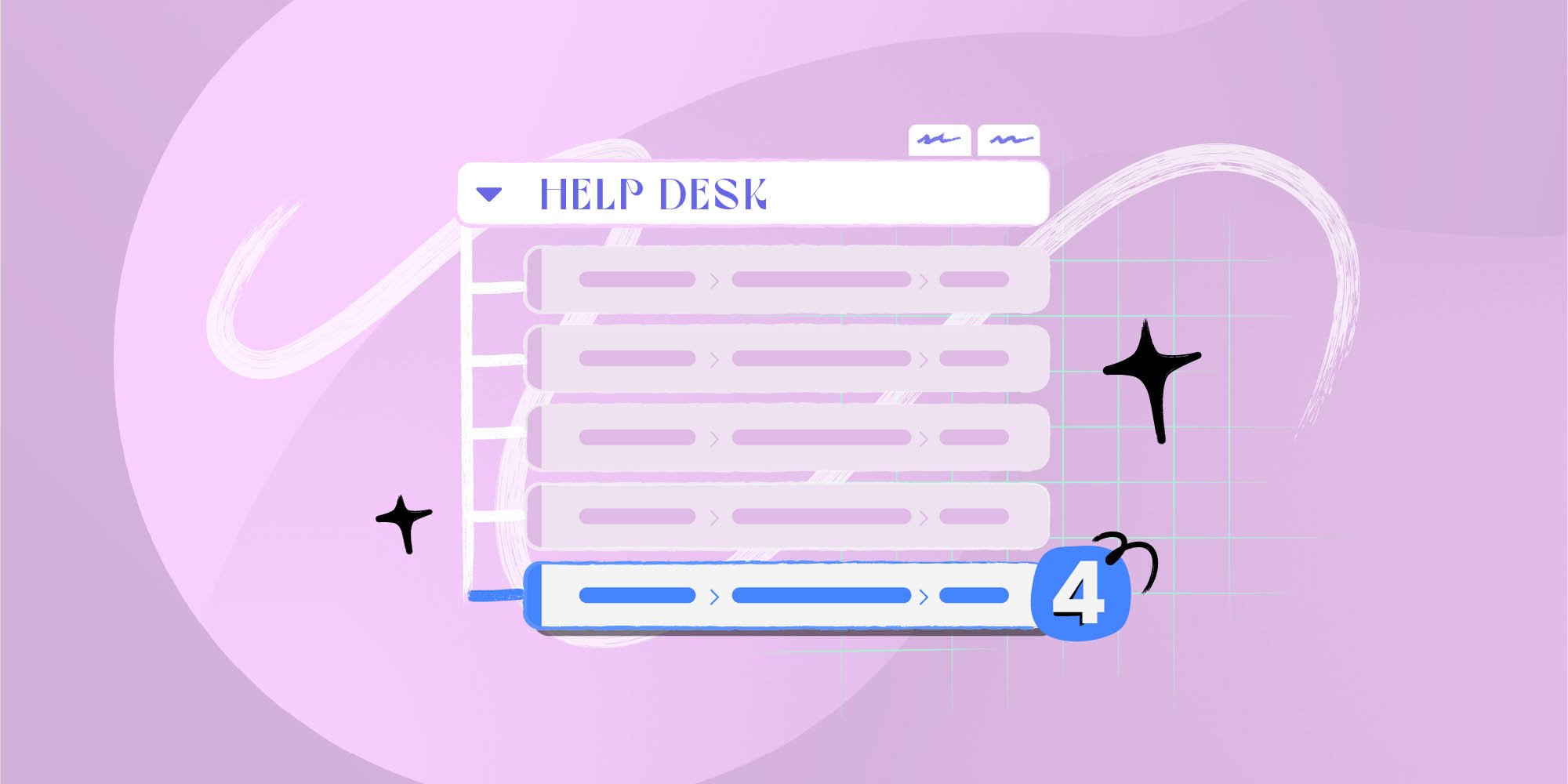
How to implement tiered IT support
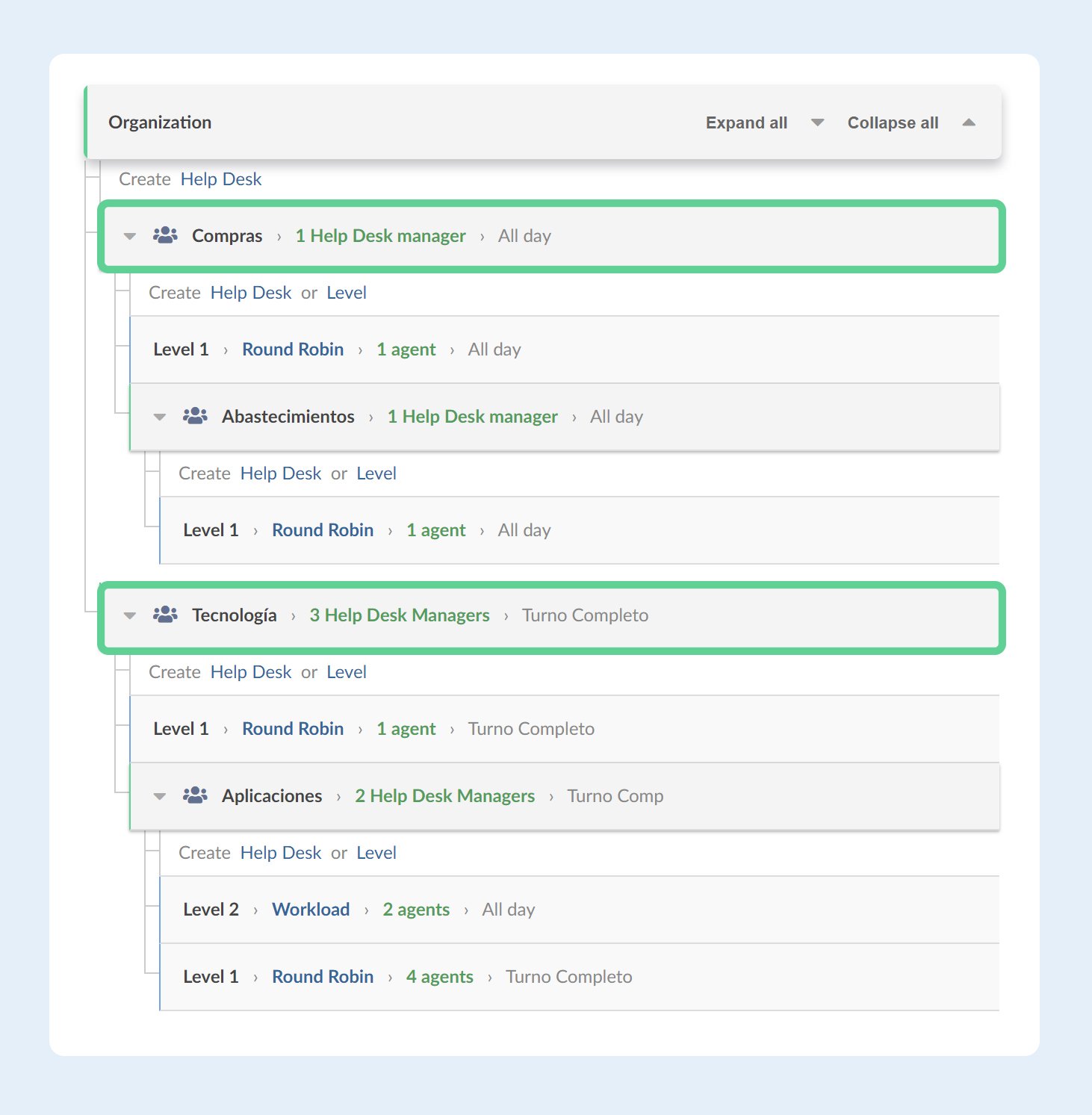
Now that you know what help desk support tiers consist of, let's explore some best practices to set up the five levels of IT support.
- Choose the right ITSM platform - To implement several levels of support service, the first thing you need to do is have proper help desk or service desk software and well-trained support personnel. Your ITSM tool will be essential to set up your service structure and ticket escalation process, adjust user privileges, establish a ticketing process flow, and start working on the self-service alternatives.
So, make sure that your current solution enables you to do all these – or start looking for options to migrate to another service desk. If you don't have any, use our ITSM implementation checklist to guide you through the process!
- Build the level 0 - Set up your self-service portal, service catalog, and knowledge base. Once you have the three in place, customize them with your company information and start creating articles.
- Create your help desk hierarchy - Configure your service desk levels, assign agents, and design the ticketing routing and escalation process. When doing so, keep in mind your company's needs in terms of multi-site support and multiple SLA policy.
- Automate - Once the basics of the service desk are in place, it's time to build workflows, integrate the platform with other tools from your company's tech landscape, and start working smartly.
- Provide documentation - Create service desk standard operating procedures, build an internal knowledge base, and document the processes within the IT department so everyone's on the same page and training future agents is easier.
- Measure and improve - The last basic step to implement a tiered help desk is to take advantage of InvGate Service Management's reporting tools and measure your tiers' performance to spot room for improvement.

Ticket intake, routing, and escalation rules
Every ticket should enter the system through a defined intake point, even when requests come from different channels. Email, portals, chat, or forms all need to map to the same structure once the ticket exists.
At intake, basic classification does most of the heavy lifting. Category, urgency, impact, and requester role help determine where the ticket goes first. For example, a standard access request can route directly to Tier 1, while a system outage affecting multiple users may bypass Tier 1 entirely.
SLAs set expectations with the business around response and resolution times. OLAs handle the internal side, defining how long each tier has before the ticket must move forward. Together, they prevent tickets from sitting too long in one queue and make escalation a normal part of the process rather than a failure.
Routing rules should stay simple at the start. Overly detailed logic often causes delays and misroutes, especially when teams are still refining their categories.
When should a ticket be escalated to Tier 2 or Tier 3?
A ticket should move to Tier 2 when it requires system-level troubleshooting, backend access, or technical analysis beyond documented frontline procedures. Typical triggers include the need to review logs, apply configuration changes, investigate application behavior, or work directly with infrastructure components.
Escalation to Tier 3 applies when resolution depends on specialized expertise, architectural decisions, or changes to core systems. That includes code-level fixes, complex integrations, data integrity risks, or issues that require engineering teams or vendor escalation.
Time and impact still act as escalation signals. Tickets that cannot progress within defined Tier 2 resolution windows, or incidents affecting core services, multiple teams, or critical business operations, should move to Tier 3 even if initial symptoms appear limited.
Clear tier-specific escalation criteria reduce rework, prevent stalled tickets, and keep advanced resources focused on the problems that require them.
KPIs to track by support tier
Tiered support only works when each level is measured on what it actually controls. The goal isn’t to compare tiers against each other, but to understand how work flows between them and where friction appears.
Self-service deflection and escalation rate
Self-service deflection shows how many requests get resolved without reaching a support agent. For Tier 1 teams, a healthy deflection rate usually points to clear knowledge articles, well-designed request forms, and predictable issues. A sudden drop often signals outdated content or request types that no longer fit self-service.
Escalation rate complements that view. It tracks how often tickets move from one tier to the next. Some escalation is expected, especially for Tier 1, but patterns matter. A consistently high rate may suggest unclear scope, missing training, or routing rules that send tickets to the wrong place at intake.
Resolution time, backlog, and satisfaction metrics
Resolution time should be reviewed per tier, not as a single average. Tier 2 and Tier 3 tickets naturally take longer, so comparing them directly to Tier 1 creates misleading conclusions. Trends over time tell a more useful story than raw numbers.
Backlog size highlights capacity issues. A growing Tier 2 or Tier 3 backlog often means work is arriving faster than it can be resolved, or that escalations lack the context needed to move forward quickly. Tracking backlog age helps surface these delays early.
Satisfaction metrics add the user perspective. Scores tend to drop when tickets bounce between tiers or sit idle, even if the final fix is correct. Reviewing satisfaction alongside resolution time and escalation data helps teams spot process gaps that aren’t obvious from operational metrics alone.
Taken together, these KPIs give each tier a clear view of its role and how it supports the rest of the support model.
In conclusion
Establishing clear IT support levels is the smartest way to ensure that your IT team is working optimally. By establishing five levels of IT support, you can:
- Avoid receiving repetitive and easy-to-solve tickets.
- Filter most requests so that more experienced agents (those in levels 2 and 3) can focus on complex tasks that require specific knowledge.
- Improve employee experience by offering suitable solutions to their problems in an efficient way.
In this sense, the five tiers of IT support are a model to segment what needs to be done at each stage, as well as which capabilities your analysts should have to be able to cope with the work. And as with any model, now that you know the basics, you can start adapting it to your organization.
If you want to see how easy it is to configure IT support levels on InvGate Service Management, you can ask for a 30-day free trial or contact our team for a personalized walkthrough!












